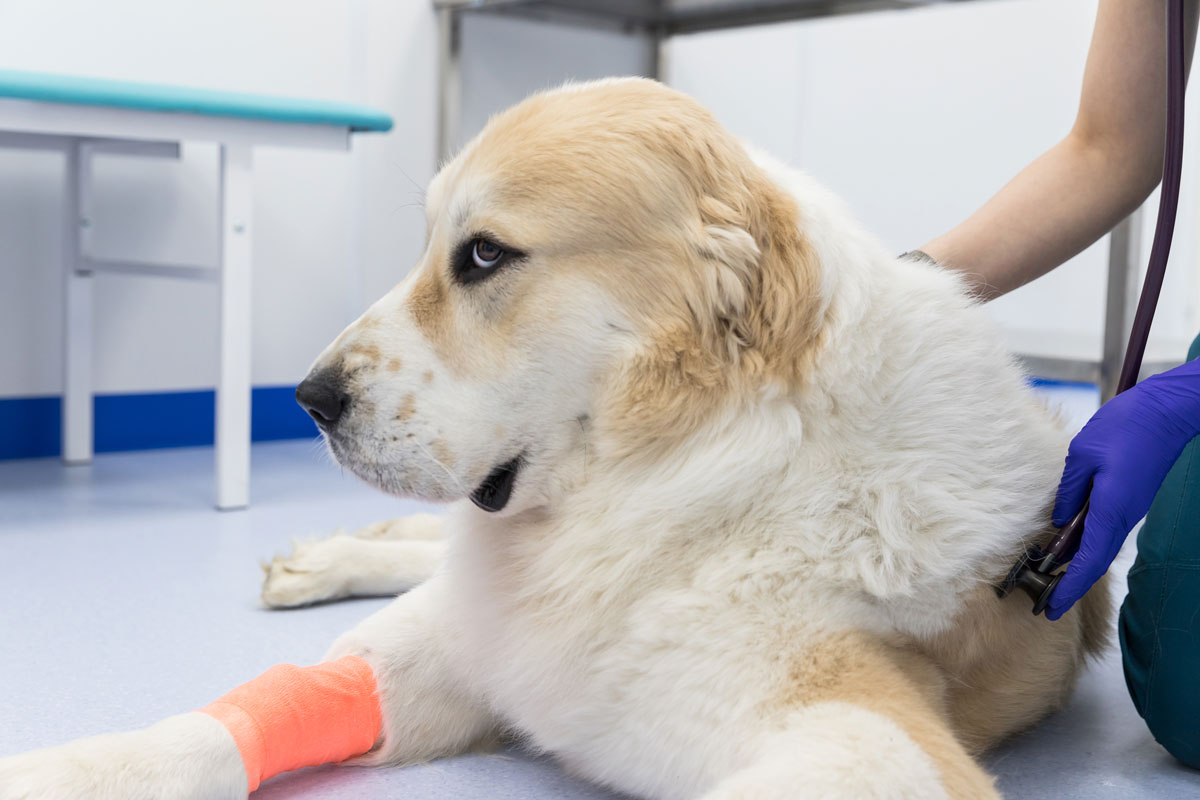As customers, we have a right to expect guarantees. For instance, it’s normal to expect a refund if a mechanic fails to fix our car. Unfortunately, surgical outcomes cannot be guaranteed. Even so, it’s easy to forget that our pets are not machines. As such, we should consider the various factors which come into play when choosing surgery for our pets. They include:
Evidence-based choice – Your vet can help you choose a treatment; they can’t help you choose an outcome. The outcome is predicted based on your vet’s experience and published data.
Human emotion – Appeals to fears are persuasive messages designed to scare people. They describe the terrible consequences of a poor choice. Appeals to fear are only valuable if they are based upon facts (such as letting your dog eat grapes). Emotionally based bias will always occur where there is human emotion, regardless of the facts. We love our pets and therefore are oriented to solutions that have the least fearful outcome.
Prevention – Neutering is a little like a vaccination. It is performed to prevent future health problems. As the risk of pyometra is 36% we need to neuter three goldies to prevent pyometra in one Goldie. Several three is justifiable as pyometra is a life-treating condition. Prevention is based upon balancing the number needed to the number helped.
Competing Rights- Imagine your Goldie grows up and develops chronic hindlimb lameness. Your local vet diagnoses a cruciate ligament injury. They offer TTA surgery performed by a visiting non-specialist surgeon. The alternative is a referral to a specialist for TPLO surgery. Non-specialist surgery has important costs and convenience benefits. The trade-off is a higher risk of a major complication, about twice as likely after non-specialist TTA compared to TPLO.
The instinct to reject the probability of a trade-off typically indicates confirmation bias. Confirmation bias is the tendency to cherry-pick data that suits our personal goals. For instance, your surgeon might prefer TPLO to TTA. Several Clinical studies support this choice. Another surgeon might prefer TTA to TPLO. They can support their choice using a study demonstrating no difference in the outcome. The best way to avoid confirmation bias is to see guidance from a consensus of experts. You can find a consensus of experts by searching online.
Making sense of the numbers is important. Risk perception can be influenced by the format of the data. The problem is called numeracy bias. Picture an operation with an 80% chance of success. Perceived risk is higher if the same operation is described as having a 2 out of 10 failure rate. The best way in which to avoid numeracy bias is by using mental imagery. Mental imagery means picturing your pet after a good or bad outcome.

